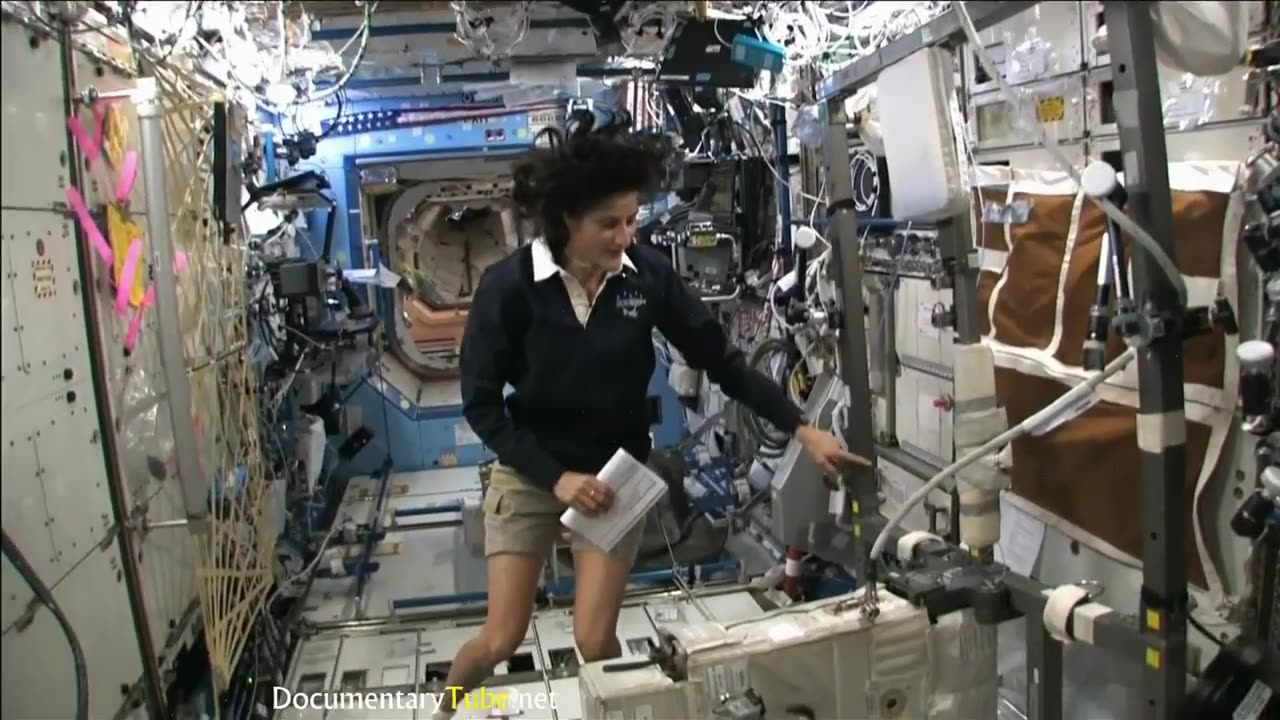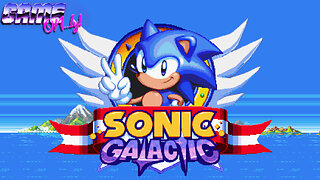Premium Only Content

HOW IT WORKS: The International Space Station
The International Space Station (ISS) is a multinational space station that serves as a research laboratory and living space for astronauts from different countries. Here is a general overview of how the ISS works:
1. Construction and Components: The ISS is a collaborative project involving space agencies from the United States, Russia, Europe, Japan, and Canada. It was assembled in space over several years, with the first module launched in 1998. The station consists of multiple modules, including living quarters, laboratories, storage areas, and docking ports for visiting spacecraft.
2. Orbit and Crew: The ISS orbits the Earth at an altitude of around 408 kilometers (253 miles) in a near-circular orbit. It travels at a speed of approximately 28,000 kilometers per hour (17,500 miles per hour). The station is typically crewed by a team of astronauts and cosmonauts from various countries, who live and work on board for extended periods.
3. Resupply Missions: The ISS requires regular resupply missions to deliver food, water, fuel, scientific experiments, and other necessary supplies. These missions are conducted by various spacecraft, including the Russian Progress, American SpaceX Dragon, and Northrop Grumman Cygnus.
4. Scientific Research: The primary purpose of the ISS is to conduct scientific research in microgravity conditions. Astronauts perform experiments in various fields, including biology, physics, chemistry, medicine, and technology development. The unique environment of the ISS allows scientists to study the effects of long-duration space travel on the human body and conduct experiments that are not possible on Earth.
5. Maintenance and Upkeep: The ISS requires regular maintenance and repairs to ensure its functionality and safety. Astronauts conduct spacewalks (extravehicular activities) to perform repairs, replace equipment, and upgrade systems. The crew also maintains the life support systems, including air purification, water recycling, and waste management.
6. International Collaboration: The ISS is a symbol of international cooperation, with multiple countries contributing modules, resources, and expertise. The partner space agencies work together to operate the station, share research findings, and coordinate crew rotations and mission planning.
7. Communication and Ground Control: Communication between the ISS and mission control centers on Earth is crucial for crew support, guidance, and coordination. Ground control monitors the station's systems, provides real-time assistance, and oversees mission operations.
The International Space Station serves as a platform for advancing scientific knowledge, testing technologies, and preparing for future long-duration space missions, such as missions to the Moon and Mars.
-
 18:05
18:05
GritsGG
1 day agoThis Duo Lobby Got a Little Spicy! We Have Over 20,000 Wins Combined!
18.5K -
 1:12:29
1:12:29
PandaSub2000
3 days agoSonic Galactic | GAME ON...ly! (Edited Replay)
14.3K3 -
 LIVE
LIVE
Lofi Girl
3 years agolofi hip hop radio 📚 - beats to relax/study to
194 watching -
 21:23
21:23
Neil McCoy-Ward
16 hours ago🚨 While You Were Distracted TODAY... (This Quietly Happened!!!)
9.2K7 -
 6:09:42
6:09:42
SpartakusLIVE
7 hours agoLIVE from OCEAN FRONT || ENERGIZED Wins and TOXIC Comms
255K14 -
 1:35:45
1:35:45
Tucker Carlson
8 hours agoTucker Puts Piers Morgan’s Views on Free Speech to the Ultimate Test
55.3K256 -
 2:06:16
2:06:16
TheSaltyCracker
8 hours agoMedia Justifies Attack on National Guard ReeEEStream 11-26-25
115K276 -
 3:54:35
3:54:35
Mally_Mouse
11 hours ago🎮 Let's Play!!: Stardew Valley pt. 34
52.3K2 -
 18:25
18:25
MetatronHistory
3 days agoThe REAL Origins of the Macedonians
53.7K4 -
 1:22:12
1:22:12
MattMorseTV
8 hours ago $172.81 earned🔴It’s MUCH WORSE than WE THOUGHT. 🔴
148K223